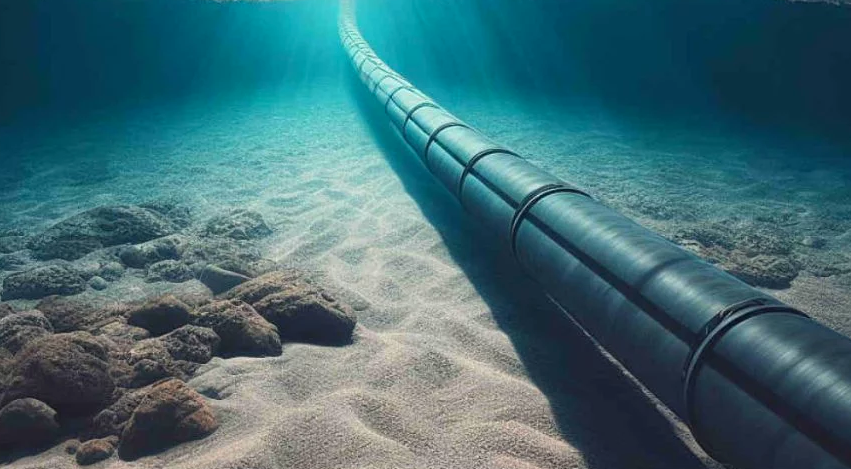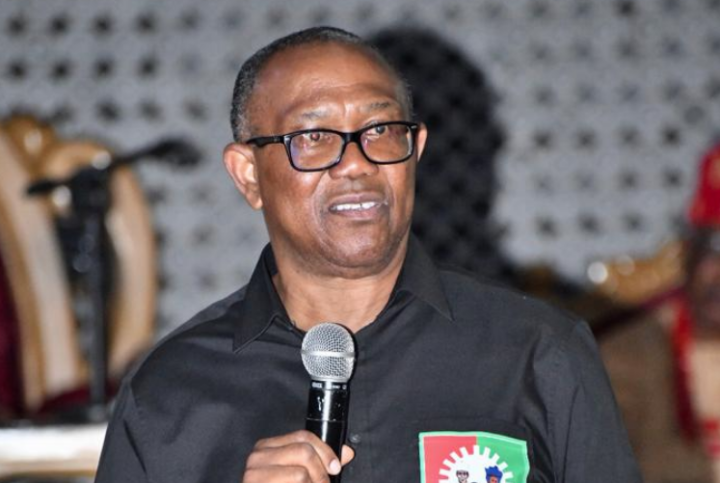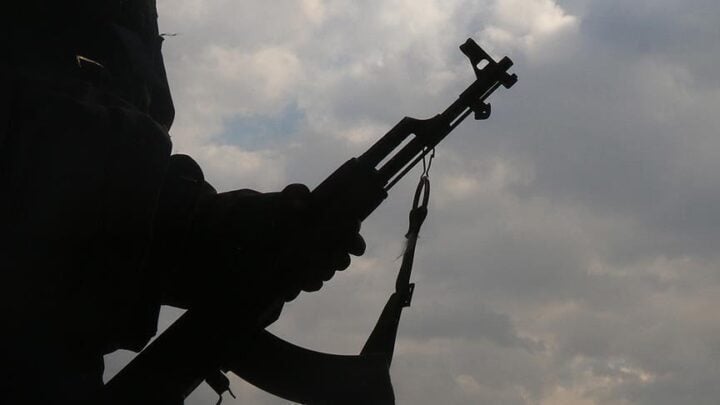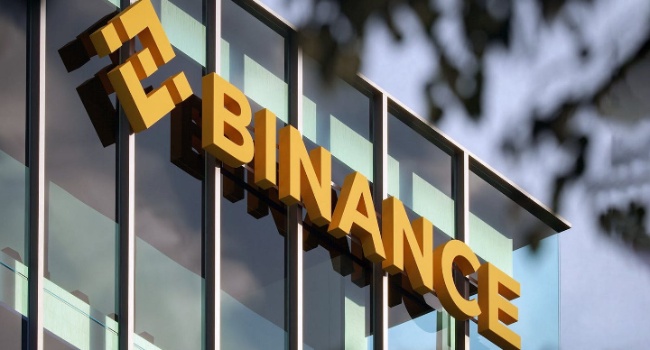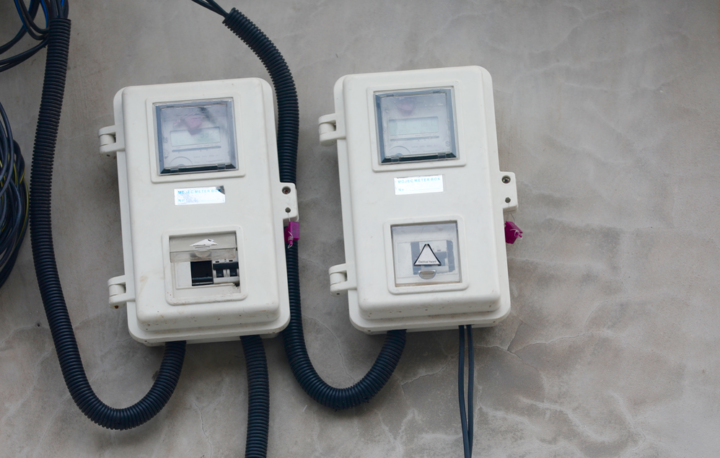On March 14, Nigerians were thrown into a frenzy when the internet blinked out. Bank services were severely disrupted, and the telecommunications sector was in a sorry state. Soon, reports emerged that the internet outage happened due to damaged submarine cables.
The reports added that the damage affected major undersea cables near Abidjan in Côte d’Ivoire, including submarine communications cables such as the West Africa Cable System (WACS), the Africa Coast to Europe (ACE), MainOne, and SAT3.
The issue has caused downtime across West and South African countries.
Since the development, citizens have been seeking answers, questioning the cause of the damage to undersea cables located at significant depths.
Advertisement
WHAT ARE CABLES DOING UNDER THE SEA?
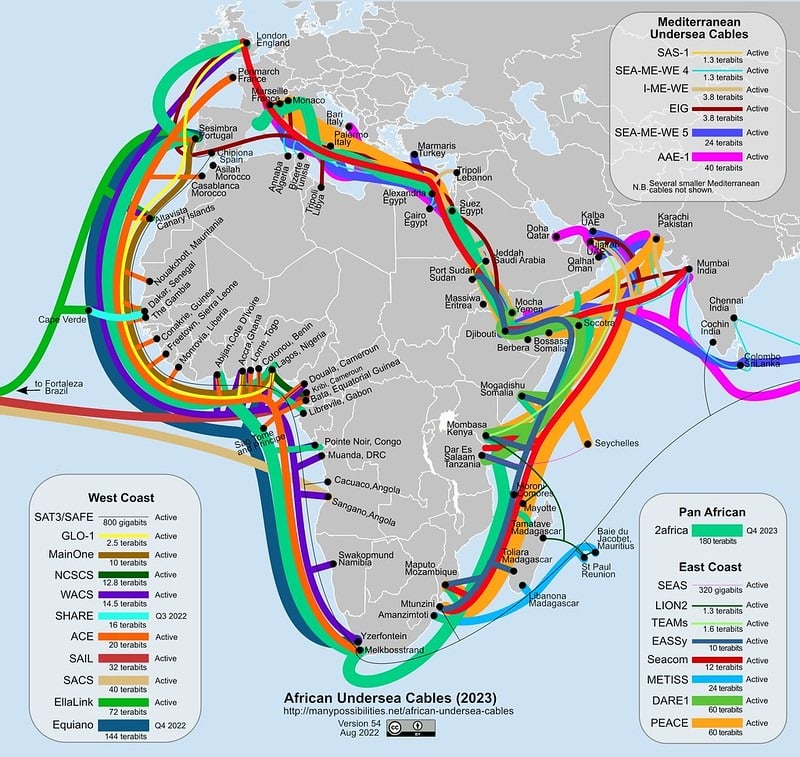
Submarine cables serve the same purpose as satellites — communication. However, satellites are only most effective in reaching areas that are not yet wired with fibre. Fibre-optic communication is a method of transmitting information from one place to another through pulses of light sent via an optical fibre. This is the same type of cable used in the submarine systems that power the global internet.
To put it in context, trillions of dollars of daily transactions mean the entire global economy depends on submarine cables. Access to information for people around the world is also dependent on these cables.
Advertisement
The cables work best underwater because of the kind of wavelength and light distance needed to transport such high quantities of data at the right amount of speed.
As of 2024, according to Telegeography, a telecommunications market research company, there are nearly 1.4 million kilometres of submarine cables in service globally.
Some cables are quite short, like the 131-kilometre CeltixConnect cable between Ireland and the United Kingdom. In contrast, others are incredibly long, such as the 20,000-kilometre Asia America Gateway cable.
The cables are tucked down in the water. However, when nearer to the shore, the cables are buried under the seabed for protection, which explains why they are not visible at the beach. In the deep sea, they are laid directly on the ocean floor.
Advertisement
Nearly all of the world’s underwater cables are owned by private companies – telecom operators or investors — and only about one per cent are owned (in part or whole) by a government.
HOW WERE THEY DAMAGED?
According to MainOne, a West African digital infrastructure service provider, preliminary findings and investigations showed the fault occurred due to an “external incident” that resulted in a cut on its submarine cable system in the Atlantic Ocean offshore Cote D’Ivoire, along the coast of West Africa.
“Most submarine cable faults occur as a result of human activities such as fishing and anchoring in shallow waters near shore, natural hazards such as earthquakes, landslides, and then equipment failure,” MainOne said.
Advertisement
“Given the distance from land, and the cable depth of about 3 kms at the point of fault, any kind of human activity – ship anchors, fishing, drilling etc has been immediately ruled out.
“Our preliminary analysis would suggest some form of seismic activity on the seabed resulted in a break to the cable, but we will obtain more data when the cable is retrieved during the repair exercise.”
Advertisement
SABOTAGE OR NOT?
No one has been able to say exactly what the incident was, but Yemen’s Houthi rebels in the Red Sea have been targeting Israeli-linked freighter ships since the war between the Jewish nation and Hamas, the Palestinian militant group, broke out last October. Sea cables can be cut by the anchors from some of these commercial ships that have been disabled by attacks or by a drifting ship whose dangling anchor is scraping the seabed.
Advertisement
The Houthis say the attack on the ships is retaliation for Israel’s bombardments of Palestine. Like Hamas, the Houthis are hostile to Israel and backed by Iran.
Early this month, three cables under the Red Sea were cut, including Asia-Africa-Europe 1. Hong Kong-based HGC Global Communications said the cuts affected 25 per cent of the traffic flowing through the Red Sea.
Advertisement
Although the Houthis issued a statement denying responsibility for cutting the cables, the attack came two months after a post on the rebels’ affiliated Telegram page last December displayed a map of submarine cables throughout the Red Sea.
“There are maps of international cables connecting all regions of the world through the sea. It seems that Yemen is in a strategic location, as internet lines that connect entire continents – not only countries – pass near it,” the post said.
The first major disconnection also came a few days after Yemen’s government alleged that the Houthis would attack internet lines.
Seacom, an African telecoms cable operator, told the Associated Press that initial findings showed that the affected segments were around Yemen’s maritime jurisdiction in the Southern Red Sea.
In a status report, Microsoft said the source of the multiple cable cuts along the West African coast is undetermined.
But the United States said it is still trying to find out whether the cable cuts were deliberate or ruptured by a ship anchor.
Sani Usman, a former army spokesperson, told TheCable that the Israel-Hamas war could trigger proxy wars in African regions.
Usman had also expressed concerns that armed groups would take advantage of the situation to achieve their ulterior motives in areas with weaker defence systems.
WHAT HAPPENS IF THESE CABLES CONTINUE TO BE DESTROYED?
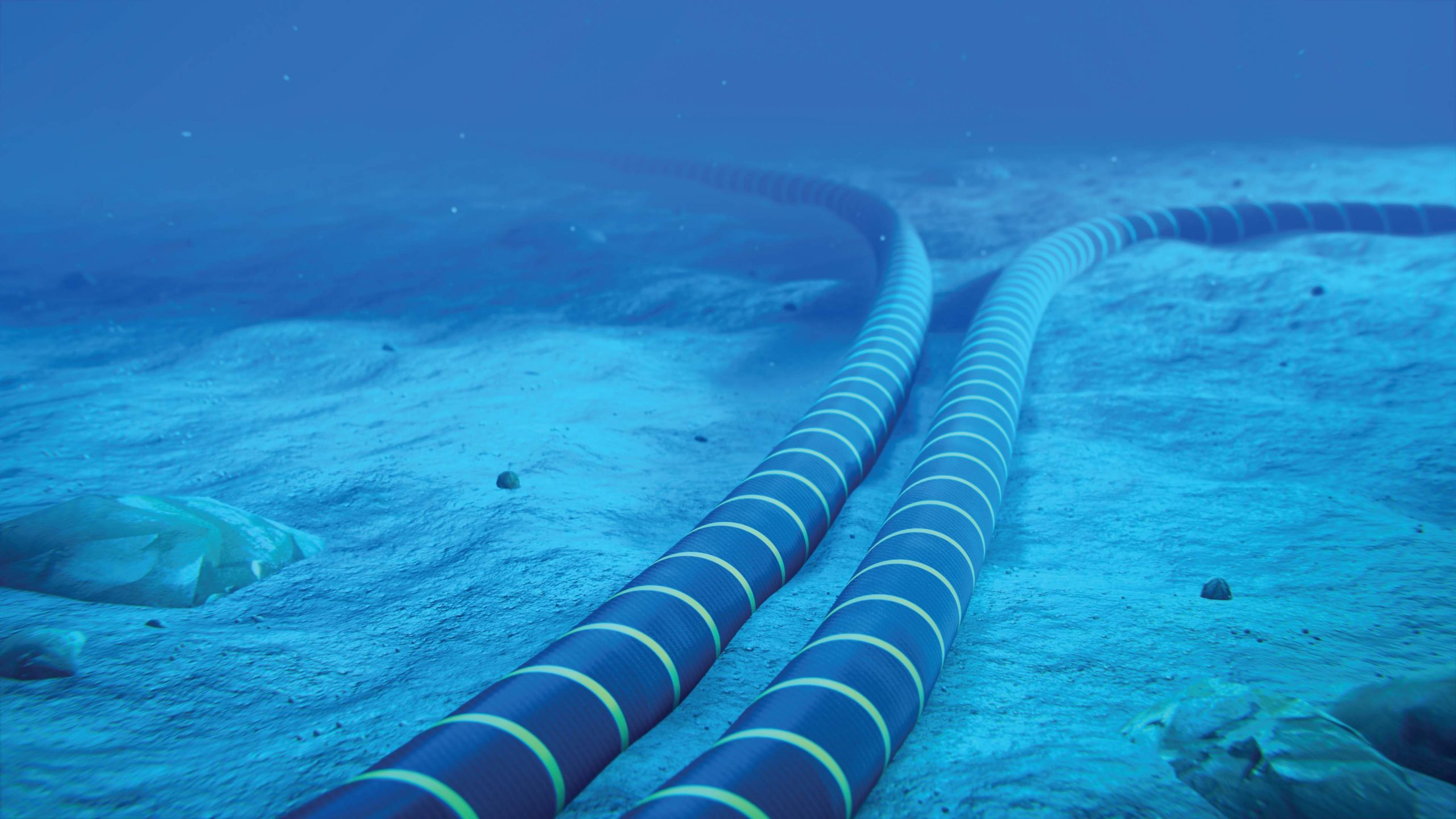
There would be a global internet disruption.
While ruptures of undersea cables are not uncommon due to natural causes (excluding shark bites) like underwater earthquakes or human activities such as anchor damage, purposeful sabotage can have far-reaching effects on the global economy and communication networks.
This is because these undersea fibre optic cables are crucial for transoceanic digital communication, carrying the majority of international data traffic. Damage to these cables, whether intentional or accidental, could squish the digital threads holding the world together.
However, most of the time, there is a backup plan if a cable gets destroyed. Most large telecom companies rely on multiple undersea cable systems, allowing them to reroute traffic in the event of an outage to ensure uninterrupted service.
WHEN WILL INTERNET SERVICES BE FULLY RESTORED IN NIGERIA?
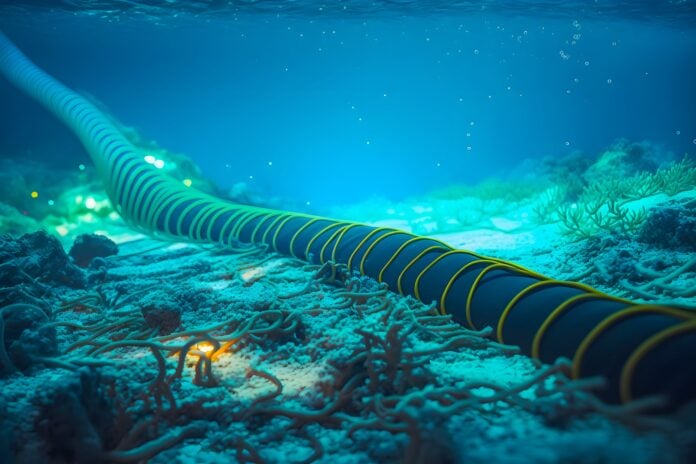
A day after the internet was crippled in Nigeria, MainOne issued a statement saying repairing its undersea submarine cables might take one to two weeks.
The company added that an additional two to three weeks of transit time may be required for a vessel to pick up the spare submarine cables and travel from Europe to West Africa.
“We have a maintenance agreement with Atlantic Cable Maintenance and Repair Agreement (ACMA) to provide repair services for the submarine cable,” the company said.
“First identify and assign a vessel; the vessel has to retrieve the necessary spares required for repair; and then sail to the fault location to conduct the repair work.
“Next, in order to complete the repair, the affected section of the submarine cable will have to be pulled from the seabed onto the ship where it will be spliced by skilled technicians.”
According to MainOne, after repair, joints will be inspected and tested for any defects, and subsequently, the submarine cable will be lowered back to the seabed and placed in a good position.
The whole process would last about five weeks.
MTN Group also said Bayobab, a digital connectivity solutions company, is working with its partners on the synchronisation of repair work on the damaged underwater digital communication cables along West Africa.
The company did not provide a timeline but said it has already made progress in restoring service in some affected regions.
